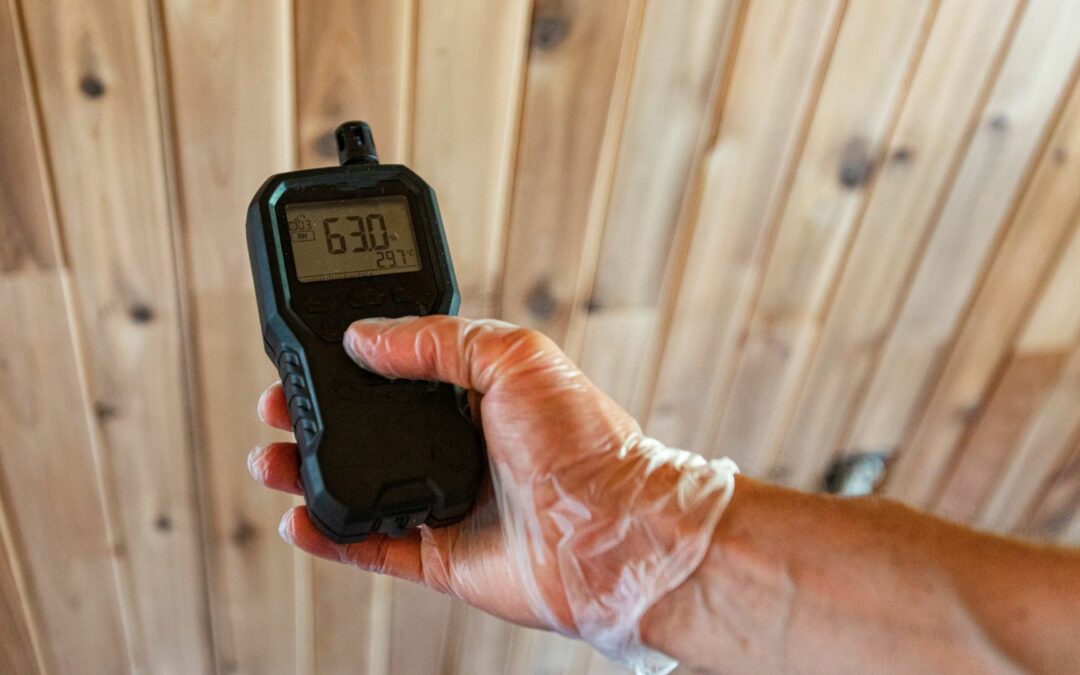There are many things in this world that can be considered deadly. This includes weapons, poison, a burger from White Castle, and even radon gas. Navigating through all these dangers can be challenging, but thankfully we are here to help, at least when it comes to radon. If you want to learn how to reduce radon levels in your home, explore how to get started below.
What Is Radon?
Much like carbon monoxide, radon is an odorless and potentially dangerous gas. Water, rocks, and soil naturally produce this gas, but in harmless amounts. Radon can build over time in homes built on soil and enter through cracks in buildings.
Over time, this gas can become a bit much, accumulating in the air and into your lungs. Once this air gets trapped in one’s lungs, it exposes them to radiation, leading to lung cancer. Radon is the second leading cause of lung cancer, causing 21,000 lung cancer deaths each year.
How To Reduce Radon Levels In Your Home
To ensure you or a loved one doesn’t become affected by radon, it’s best to limit your exposure by learning how to reduce radon levels in your home. See how you can do this with the tips below.
Test Radon Levels
To begin, you must first test the radon levels in your home. Radon testing is the ideal starting point so you can figure out whether your home has radon or not since it can’t be smelled or seen. Testing radon levels will also come in handy when looking to sell your home. To begin the testing process, you will either need to hire a professional radon tester or to purchase a radon testing kit from your local hardware store. Follow the instructions and you will know the radon levels in your home.
Seal Cracks
Earlier, we briefly mentioned how radon can enter buildings through cracks. Your walls, ceilings, roof, or anywhere else, could have these cracks. Sealing these cracks in your home will reduce air leakage and prevent radon from entering your home. You can begin by hiring a professional to seal any cracks in your home, or if you’re in the DIY spirit, you can start by caulking or plastering any cracks yourself.
With either of these methods, you will be able to seal any gaps or cracks with ease for the ultimate comfort within your home. Furthermore, this will reduce energy costs and provide you with a more controlled ventilation system, which is another way to prevent radon from entering your home.
Ventilation
Another essential aspect when reducing the radon levels in your home is by improving its airflow. The best way to do this is to install fans, open windows, and clean your air ducts. Air ducts are necessary for any home’s ventilation.
Your air ducts will receive up to five hours of service from our air duct cleaning experts. This will reduce allergens, eliminate odors, and even improve the environment. You’ll see how much of a difference cleaning your air ducts and using these other methods will make when improving your indoor ventilation.

Call Air Duct Cleaning Experts Today!
Radon is a dangerous gas if something isn’t done to get rid of it. With the methods above, you will finally know how to reduce radon levels in your home, while also improving the environment, the quality of your home’s air, and much more. Call Air Duct Cleaning Experts if you ever need some assistance when cleaning your air ducts. We have the professionals you need to make sure everything goes off without a hitch. We also offer a wide range of other services to keep your house safe from potential threats. Call right away to receive the care your home deserves.

